APO Product Location Profiles, MASSD and Mass Maintenance
Executive Summary
- The MASSD or mass maintenance transaction can update the Material Master and Location Master data in APO.
- We cover how to use MASSD and Product Location profiles in SNP.
Introduction to MASSD for APO
All planning systems need to have their master data parameters updated. The transaction for this in APO is called MASSD. In this article, we will demonstrate how to use MASSD.
Material Master Data and the Location Master Data
A second approach for the population of the product location master, for SNP at least, is the profiles. The Product Location Master contains the material master data with the location master data. In SAP ERP, the material master data is provided within the Material Master. When the Material Master is assigned to the location, it is still, for some reason, called the Material Master. Master master data is all the data around the material.
As soon as the location is added, the screen shows the material master data and location data. This means that many more tabs are shown in the SAP user interface.
Background on Product Location Profiles
The profiles are created and assigned to the product location master. A profile controls a grouping of related master data fields. One can save an unlimited number of profiles and then be applied flexibly to different product location combinations. MASSD and the product location profiles work in conjunction with one another, as described in this article. Once the product location profiles are created, they are a very efficient way to apply master data. This is because a single value — the product location profile, when applied by MASSD — can use roughly 15 fields to as many product location combinations as are selected in MASSD.
Beginning
I will begin this explanation by showing a product location profile.
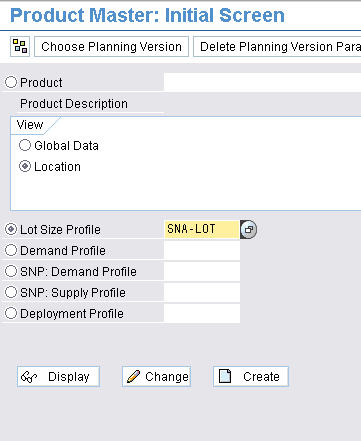
This is one of the most numerous objects that will be CIFed between ECC and SCM. Therefore, it is more than likely to require more thought regarding how the integration models are batched.
This takes you here:
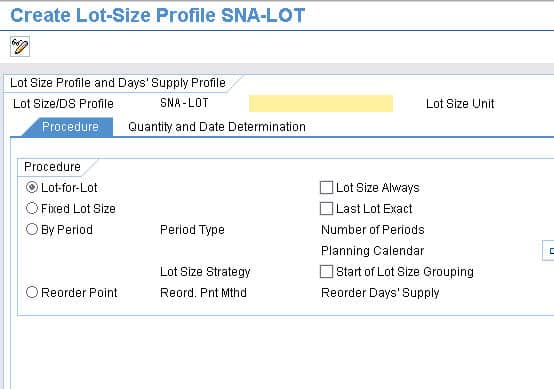
We fill in more of the details on both the Procedure and the Quality and Date Determination tab.
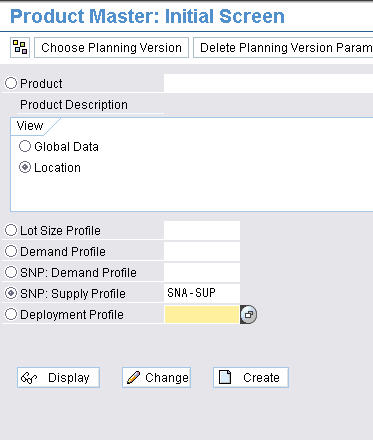
Next, we will create an SNP Profile. We again go to the Product to create a transaction.
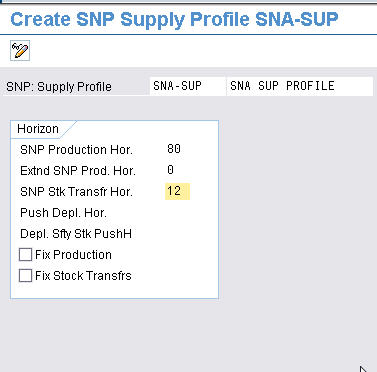
Now we want to assign these profiles to the materials that we already created.
Mass Maintenance
We will go to the transaction (MASSD), which is Mass Maintenance. Here is a highly confusing searching. You have to type in the letter and then a wild card for the component (these are profiles we are looking for) that you are looking for.

We will then save this combination as a variant. This way, we can call it up again in the future.
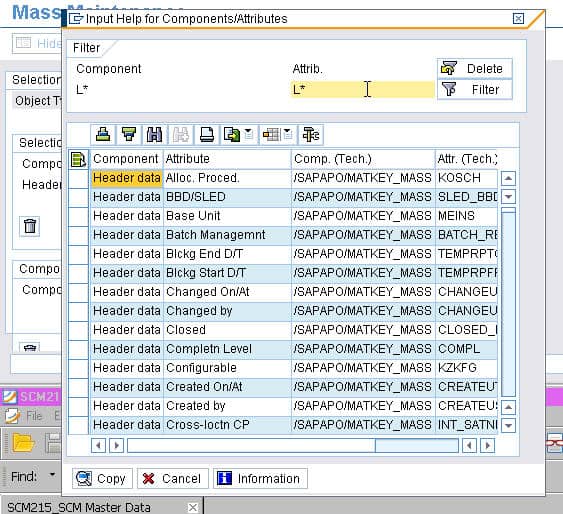 We want to go to the Location Dependent Data tab. Here you can see we have all the valid product location combinations.
We want to go to the Location Dependent Data tab. Here you can see we have all the valid product location combinations.
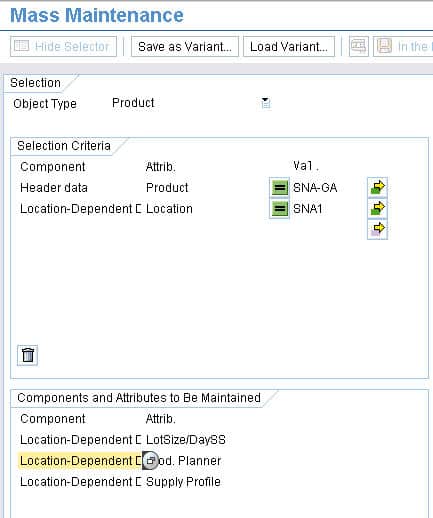
Next, we want to assign particular profiles we created to each of these combinations. This is a very efficient way to do so. Another alternative is to add a profile to each product location one at a time.
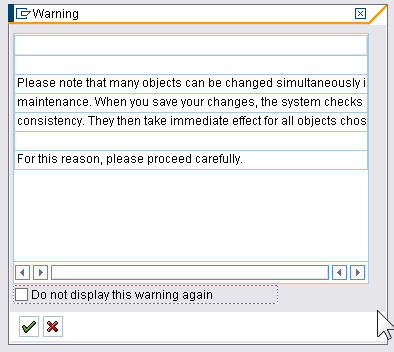 Now we are going to select just the SNA-RE materials and change the Lot Size Profile for them. We can do this by selecting the line items with the control key, and they chose this button. (The bizarre-looking button with the double downward arrows in the upper left-hand corner)
Now we are going to select just the SNA-RE materials and change the Lot Size Profile for them. We can do this by selecting the line items with the control key, and they chose this button. (The bizarre-looking button with the double downward arrows in the upper left-hand corner)
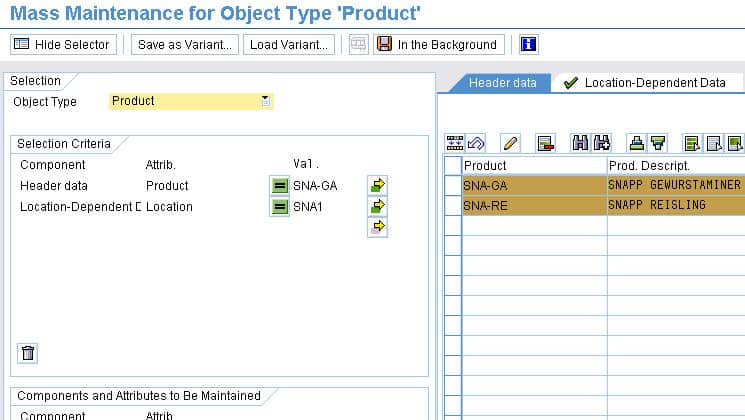
You can check by going to the location master and entering a product/location combination, and hitting enter.
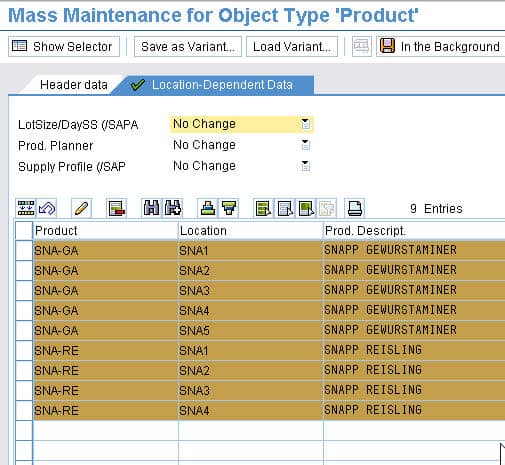
Here we can see the Profiles have been assigned to the product/location.
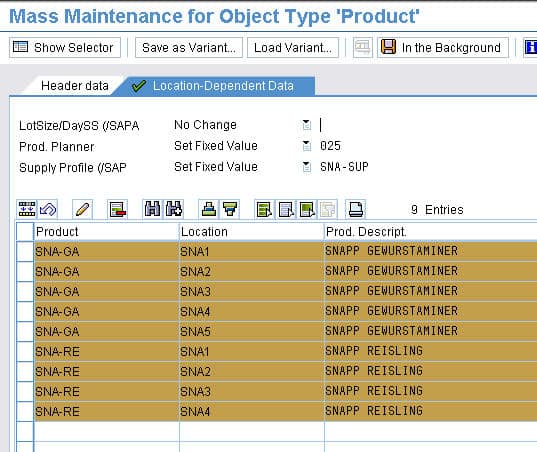
Here we forgot to add on the profiles for product SNA-RE at location SNA5 to add it through (/SAPAPO/MAT1). This is how to add it to a single product location vs. what we showed previously with the mass maintenance. The result looks the same, as you can see below.
 That was a demonstration of how the product can have profiles created and assigned to it. These profiles control behavior and assist in maintenance. They allow control to be allocated to an object..a profile that can then be assigned and re-assigned to product locations very flexibly.
That was a demonstration of how the product can have profiles created and assigned to it. These profiles control behavior and assist in maintenance. They allow control to be allocated to an object..a profile that can then be assigned and re-assigned to product locations very flexibly.
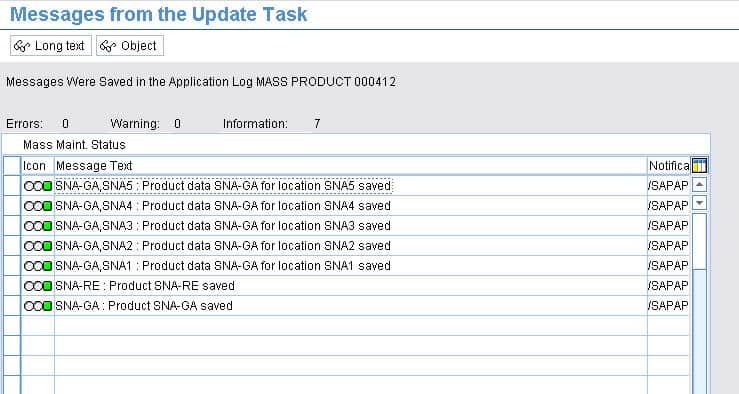
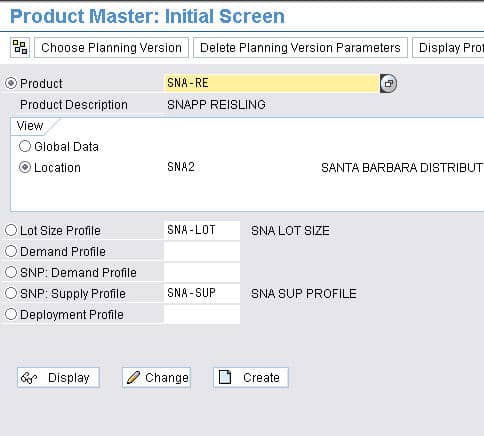
Conclusion
The product location profiles are greatly underused. This article has shown how they can be effectively applied to the MASSD transaction to efficiently apply changes to groups of product location combinations.
